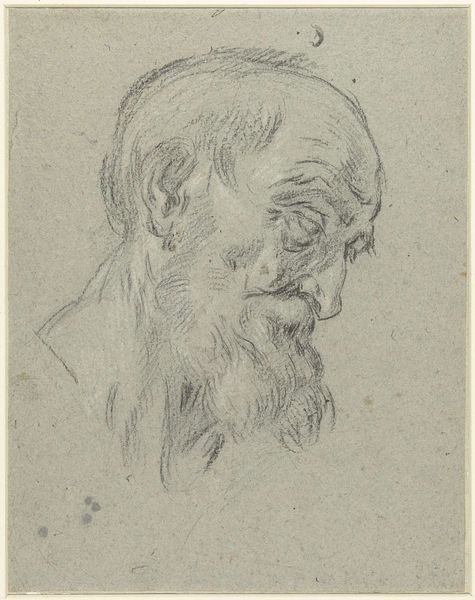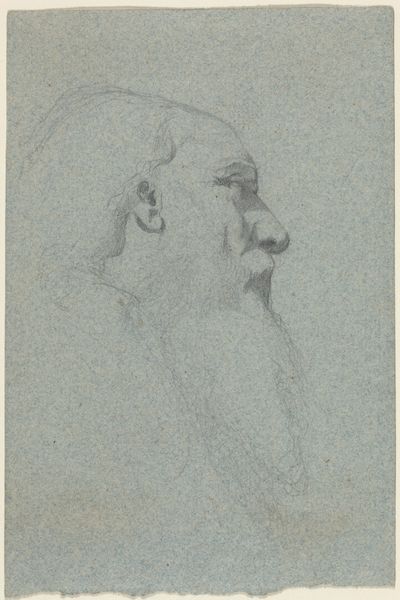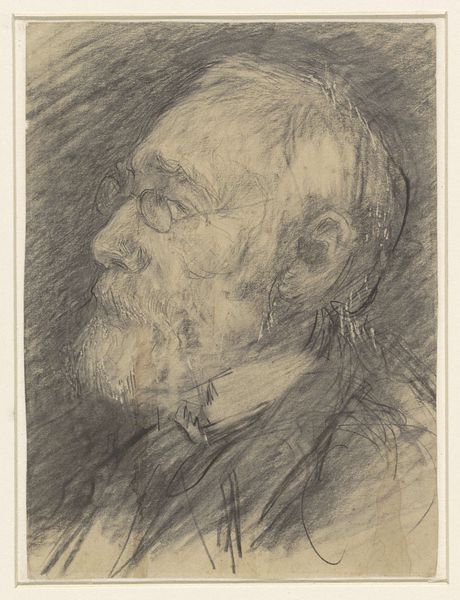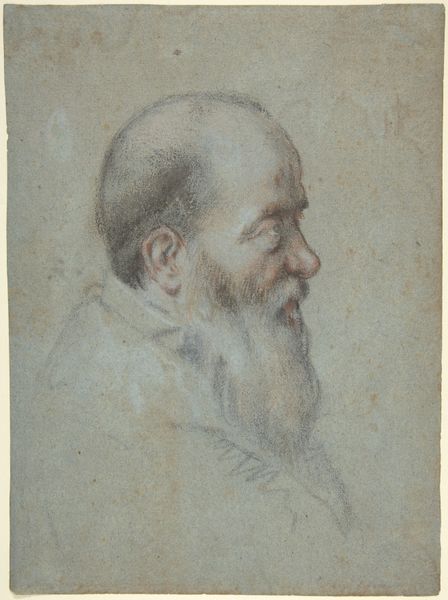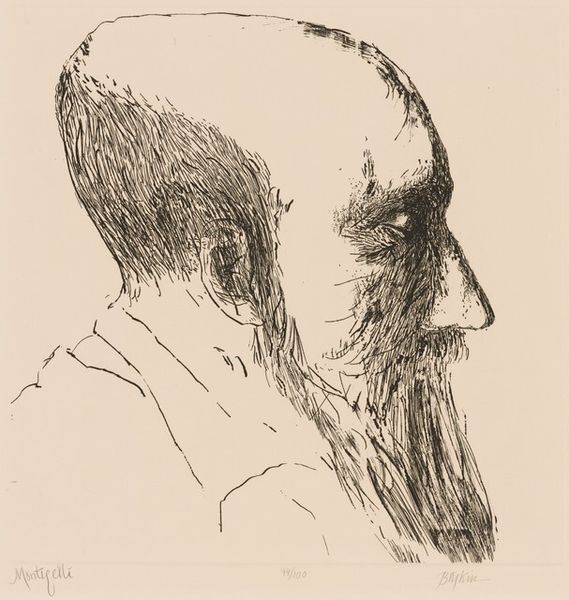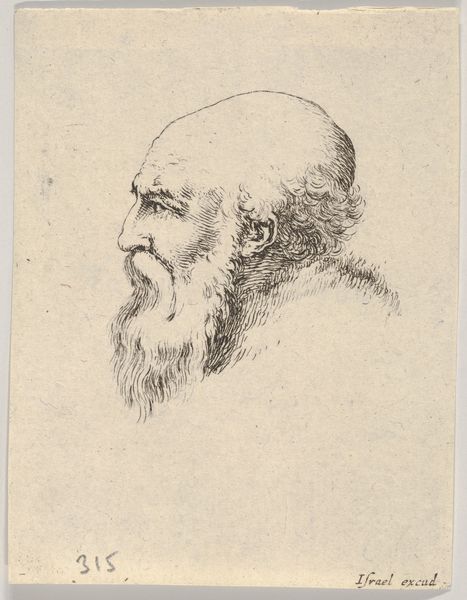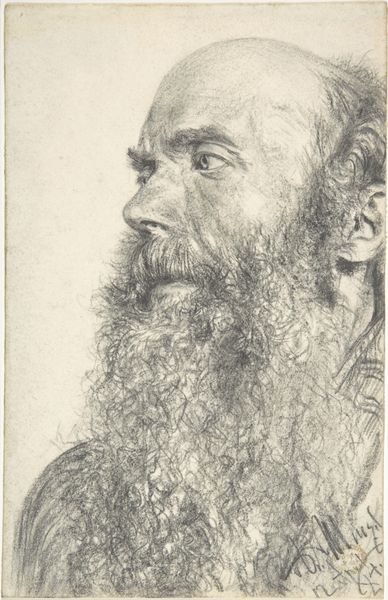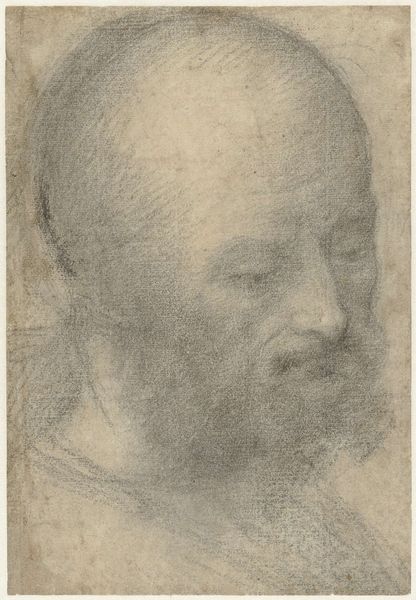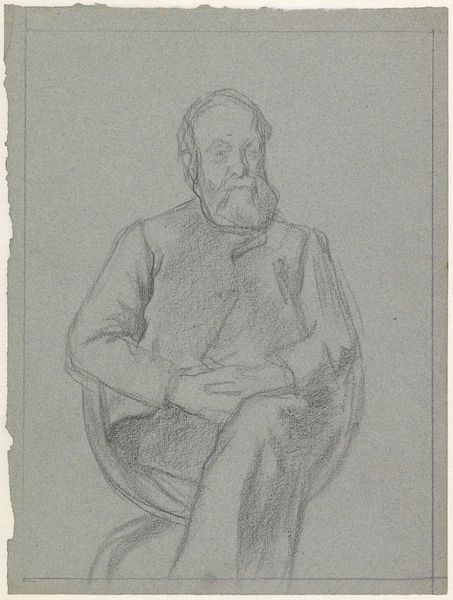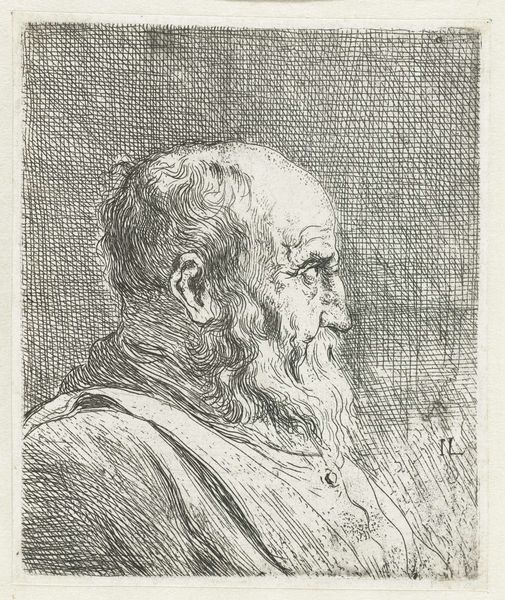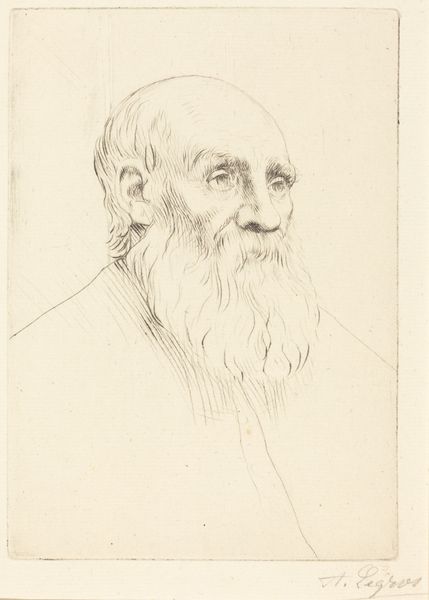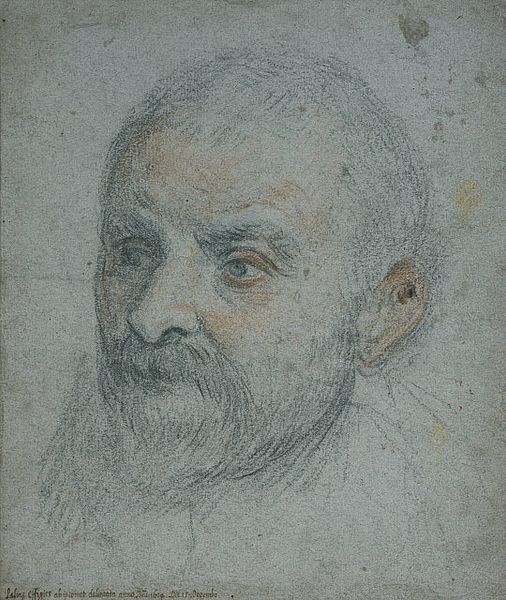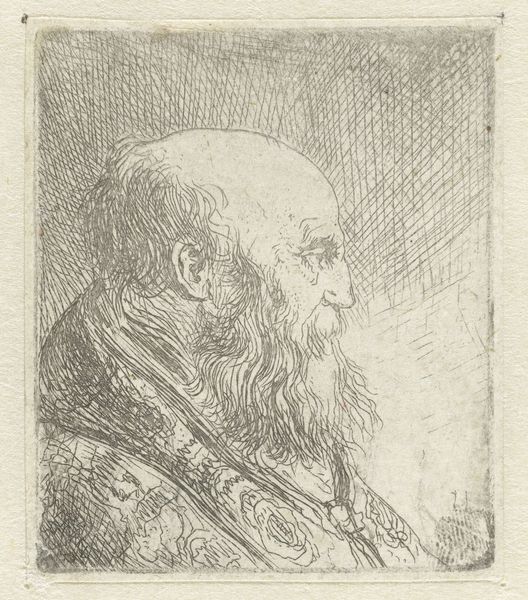
drawing, dry-media, pencil
#
portrait
#
drawing
#
dry-media
#
pencil drawing
#
pencil
#
portrait drawing
Copyright: Public Domain: Artvee
Editor: So, this is "Tête d’homme," a pencil drawing by Pierre Puvis de Chavannes. There isn't a specific date associated with it. I find it interesting because of its simplicity; it's just a profile, but it evokes a sense of contemplation, maybe even melancholy. What do you see in this piece? Curator: It’s fascinating how a simple line drawing can hold so much. Beyond the apparent melancholy, I see echoes of classical portraiture. The profile, the stoic expression... they connect us to a tradition that goes back centuries. Think of Roman busts, for instance. Do you notice how the artist uses line to suggest depth and character without overly defining every detail? Editor: I do. The beard, especially, is suggested more than rendered precisely. It makes me wonder about the man's story, the history etched on his face, even though the drawing is so minimal. Curator: Exactly. It's a study in suggestion. The artist uses visual shorthand. The angle of the head, the set of the jaw – these are loaded with meaning. Have you considered the cultural implications of the beard itself? Editor: Hmm, not really. Aside from the man being old and possibly wealthy. Curator: In some historical contexts, beards were symbols of wisdom, authority, even rebellion. It adds a layer to the reading of this man's character, a sense of gravitas perhaps. It might give some hints about the cultural significance of such beards, a sign of belonging, a link to the past. This makes a strong impression to the spectator about their status. What does it makes you feel? Editor: It is indeed powerful now that you have brought that up! This dialogue helps give the drawing context and meaning beyond just a simple sketch of a man’s face. It almost makes you question if there are other subtle cues that suggest so much in so few lines. Curator: Precisely! The image isn’t just observed, but actively felt, bridging present emotion and art history.
Comments
No comments
Be the first to comment and join the conversation on the ultimate creative platform.
